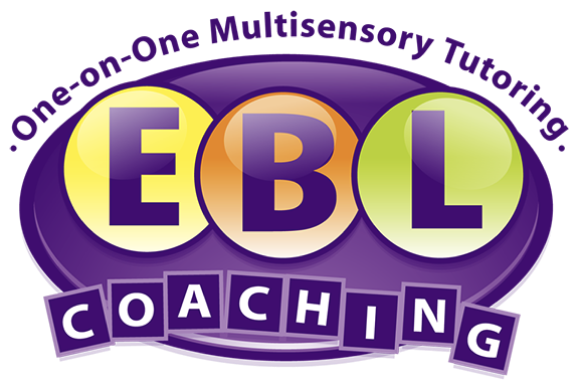
Tips for Homeschooling Your Child with Dyslexia

For many families, homeschooling is a great option for educating their child, especially for students with learning disabilities. If your child has a language-based learning disability like dyslexia, it is important to use research-based instructional approaches that are most suitable to your child’s specific needs. Try some of the ideas detailed below:
Orton Gillingham Instruction
Research indicates that the Orton Gillingham method is the most optimal approach for helping students with dyslexia improve their reading and spelling skills. This method is structured, systematic, and research-based, and students enjoy the multi-sensory approach that this approach entails. At the foundational level, Orton Gillingham instruction typically starts by teaching students the names of the letters and their corresponding sounds, then moves onto how to blend these sounds together to form words. From there, students move onto learning how to read and spell words with blends, consonant digraphs, vowel digraphs, r-controlled patterns, silent e patterns, multi-syllabic words, and more.
An example of an Orton Gillingham lesson might be as follows: If you are teaching your child the letter names and sounds, start by creating flash cards with the individual letter on the front and a key picture on the back. For example, you might write the letter “p” on the front of a card and a draw a picture of a pizza on the back; for “a” you might write the letter “a” on the front of the card and draw a picture of an apple on the back; and so on.
If you are teaching the letter “p”, start by holding up the flash card to your child and say out loud, “This is the letter p,“ then flip the card around and say, “like pizza,” then flip it back to the front and say, “It makes the sound /p/.” Then have your child repeat that sequence of letter name/key picture/sound with you, and subsequently have them try it on their own three times. Next, move onto skywriting. Hold your hand in the air and say the letter formation aloud, like, “When we write the letter p, we move down, up, and around.” Then have your child repeat that motion with you in the air, followed by three times on their own.
From there take out a tray of sand and model writing the letter in the sand, then have your child do it with you, then three times on their own. Do this same sequence for groups of four consonants and one short vowel (like p, f, s, d, a), then work on blending those sounds together to form basic two and three letter words using magnetic tiles or flashcards. When your child is ready, move onto word list reading, sentence reading, and story reading using the specific sounds you have taught your child. Remember to always integrate previously taught sounds and concepts before teaching new ones.
Other Multi-Sensory Techniques
A similar structured, multi-sensory approach can be used for other academic skills, including reading comprehension, writing, and math. For reading comprehension, one strategy you can try is the tri-colored highlighting technique. To use this strategy, present a passage to your child that is slightly below their reading level. Explain to them that when we read, we should identify three key elements: the topic is one, two, or three words describing the passage, like airplanes, Africa, or summer. Students should highlight the topic in blue. The next element we look for is the main idea, which is what the author is saying about the topic. For example, if the topic is airplanes, the main idea might be: airplanes come in different sizes. Students should highlight the main idea in green. Finally, students should identify the important details from the passage and highlight them in yellow. They should always read the passage first, then go back and highlight these three key elements, rather than highlighting these items in their first read. You can even have your child write a summary or written response about the passage once they are done reading and highlighting.
Seek Tutoring
For parents who may not have training in the Orton Gillingham method or using a multi-sensory approach to teaching, outside tutoring may help! Parents can supplement their child’s homeschool curriculum with Orton Gillingham tutoring that is customized to their child’s individual needs to help them develop stronger reading and spelling skills. Similar specialized multi-sensory tutoring in writing and mathematics can be incredibly helpful as well. Learn more about Orton Gillingham tutoring at https://eblcoaching.com/what-is-orton-gillingham-tutoring/
For many children with dyslexia, homeschooling offers parents the ability to customize schooling to their child’s needs and help ensure that their child thrives academically. These multi-sensory techniques can help your child feel confident and successful as the demands of school continue to increase.
Read more about helping your child with dyslexia build stronger reading skills at
https://eblcoaching.com/help-your-child-develop-stronger-reading-skills/
